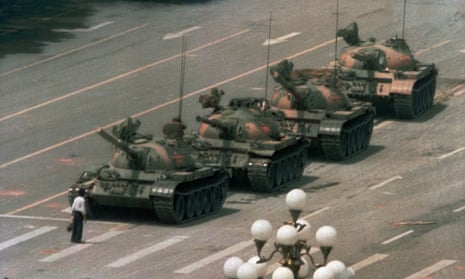Journalist Louisa Lim conducted a small survey of Beijing students and found that out of 100 only 15 recognised Jeff Widener’s “Tank Man” photo, the celebrated image of the Tiananmen Square massacre, instantly recognised around the world. Her powerful book explores how “this act of excising the collective memory” has been achieved. No one now knows exactly how many died on 4 June 1989 in the square that has been at the political heart of China since the 15th century. The authorities say 241; the real figure is probably 10 times that number. Lim has talked to soldiers, students and the relatives of those who were killed to show both the horror of what happened and how successful the Chinese state has been at expunging the event from the national consciousness. Lim’s important book offers a chilling vision of an Orwellian society: “Memory is dangerous in a country that was built to function on national amnesia.” Young Chinese are not interested now in what happened, but Lim clings to the hope that, in the words of author Lu Xun: “Lies written in ink can never disguise facts written in blood.”

The People’s Republic of Amnesia: Tiananmen Revisited by Louisa Lim – review
This article is more than 8 years old
Lim’s powerful book explores how the ‘act of excising the collective memory’ of the massacre that took place on 4 June 1989 has been achieved
Explore more on these topics
Comments (…)
Sign in or create your Guardian account to join the discussion